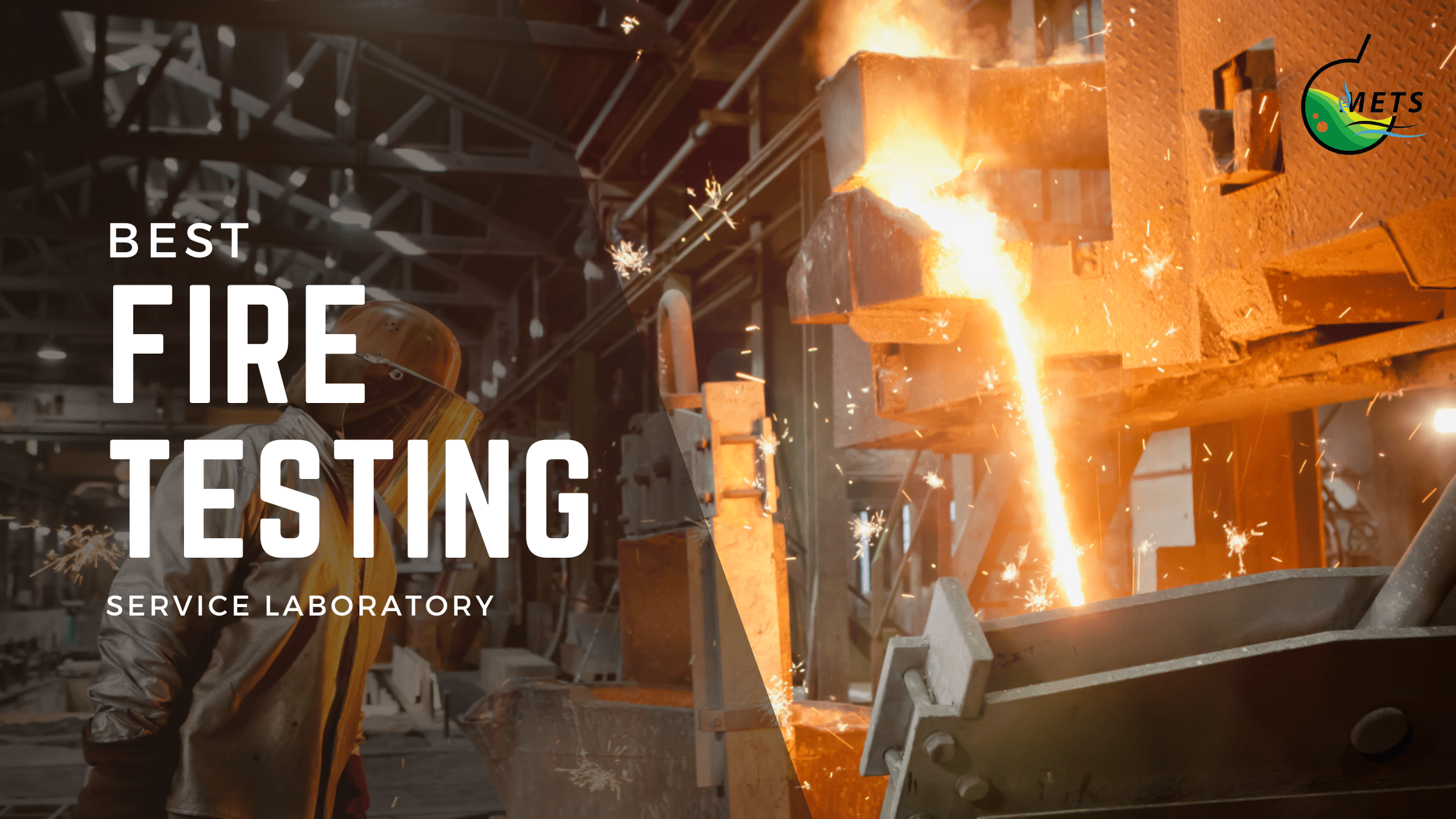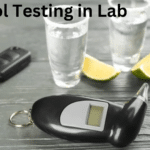
Fire Testing is a means of determining whether products meet minimum performance criteria as set out in a building code or other applicable legislation
METS Lab offers a wide range of Flammability and fire testing services suited for various types of materials/components to ensure your materials and products meet industrial regulations and safety standards.
Why is Fire Testing Important?
It is essential to know how each product will react in a real-life fire situation so that each product system can be installed with as much certainty as possible providing reassurance that they will perform as expected.
Fire and flammability test generally include fire reaction, fire resistance, fire spread and also depending on the test program and the industry standards, fire and flammability test may require additional timing and measurements devices-METS Lab can help you ensure a clean and functional product testing environment.Fire tests, or flammability tests, measure how easily materials ignite, how quickly they burn, and how they react when burned. METS Lab use various testing methods, depending on international flammability testing standards and the type of material being tested.
Major Products Covered are:
Metal Door, Glazed Door, Wooden Door, Landing Door, Dumb Waiter Door, Gypsum Board, Wall Partition, FRP/GRP Sheet, ACC Block, Rockwool Panel, Paints and Coatings, Glass, Rubber, Fabric, Paints, Printed Circuit Boards (PCB), Fire-rated Ceiling, Fire Curtain, Rolling Shutters, Plastics ETC.
Our Newly Added Fire Testing Methods:-
ASTM D635– Rate of Burning or/ Extend and Time of Burning Test.
Every material has unique characteristics and understanding this is important. Knowing materials’ flammability is necessary before it is used as building materials or made into product parts. Mets Lab is now accredited to test the Rate of Burning or/ Extend and Time of Burning of plastic in Horizontal Position, which is also called as ASTM D635.
ASTM D635– Determines the rate of burning for plastics.
It’s done on polymeric materials in a bar form used in parts of appliances and other devices. The test analyzes the response of the plastic material under heat and flame conditions, and the results indicate their flammability for certain applications.
ASTM D1929: Determining Ignition Temperature of Plastics
This test particulary focuses on companies, manufacturers etc of building materials that uses Plastic in their products. Plastic when burned, produces gases that release Catastrophic loss fo life and property. Determining Ignition temperature of plastics will enable unwanted losses, avoiding this could lead to dangerouse accelarent in an ambient life. METS Lab with its state-of-the-art equipment and a highly trained staff, will provide cost-effective commercial testing services.
ASTM D 3801
This method describes a small scale laboratory test for determining comparative burning characteristics of plastic materials in a vertical position.
The ASTM E-84
This standard test method is for assessing the surface burning characteristics of building products to explore how the material might contribute to flame spread in the event of a fire
ASTM E136
This is Standard Test Method for Assessing Combustibility of Materials Using a Tube Furnace with a Cone-shaped Airflow Stabilizer, at 750°C
ASTM E2768 -Standard Test Method for Extended Duration Surface Burning Characteristics of Building Materials (30 min Tunnel Test)
BS 476-4
Fire Tests on Building Materials and Structures- Part 4: Non-Combustibility Test for Materials
BS 476-6
Fire tests on building materials and structures. Method of test for fire propagation for products
IEC 60695-11-10




No comment yet, add your voice below!